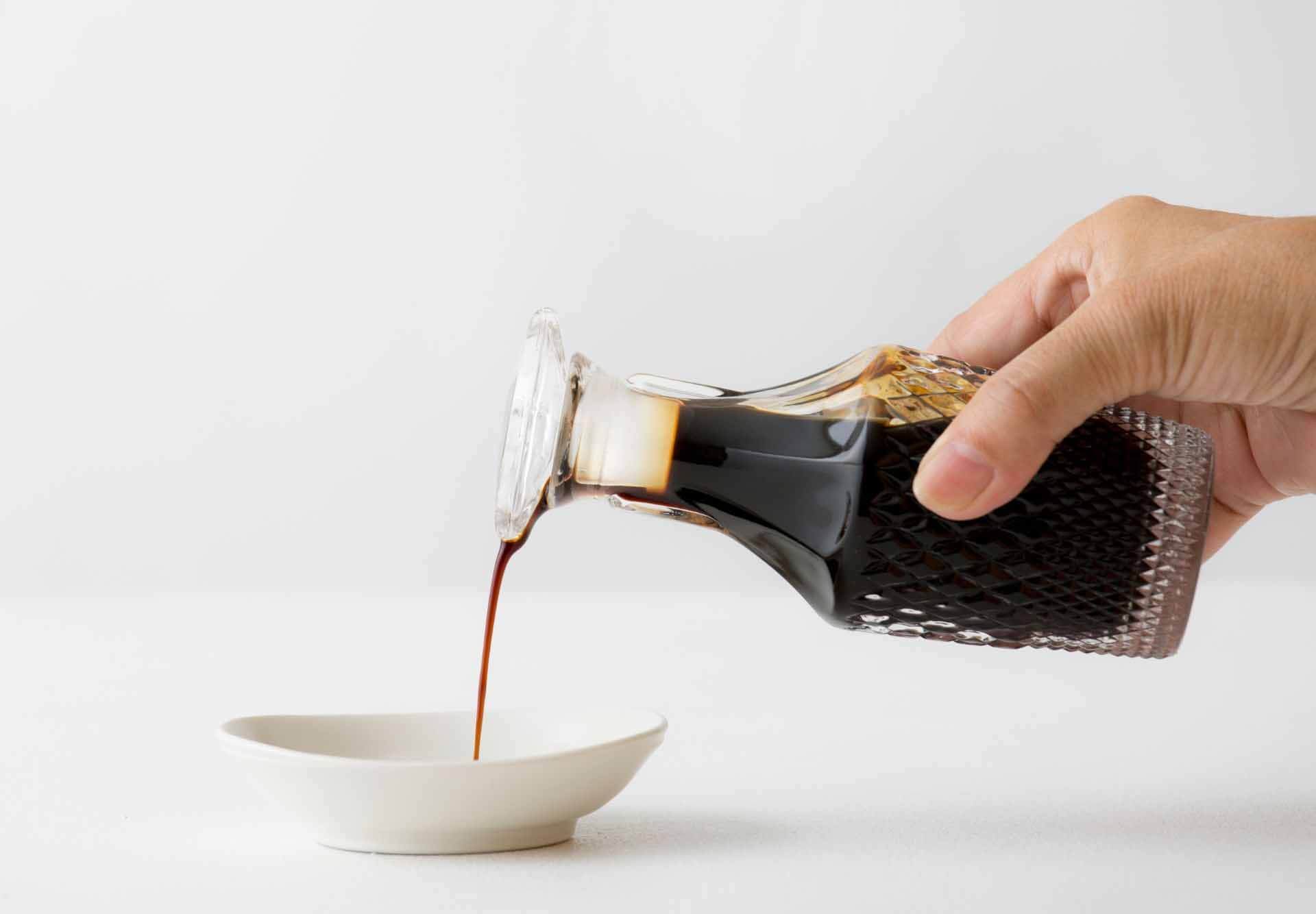Of all the delicious sauces used in Thai cuisine, Thai soy sauce is one that deserves special attention. Have you ever wondered what makes it different from Chinese and Japanese soy sauce? Let me tell you all about it, so you can enjoy the perfect balance of salty and sweet flavors in your favorite Thai dishes.
In addition to our Thai recipes, you may want to stock up on some of this sauce for the most authentic flavors when preparing dishes like pad see ew or drunken noodles. Let’s discuss the primary applications for the wide varieties of Thai soy sauce.
What is Thai Soy Sauce? What are other types available?
Here, we’ll discuss the four most common varieties of Thai soy sauce. In this case, we have two “bright” types and two “dark” types.
The light one, or ew khao, is the equivalent of Chinese light soy sauce; it is a basic, normal, multipurpose soy sauce that may be used in most scenarios.
Thai Mushroom Light Soy Sauce: Mushrooms add a unique flavor to this light soy sauce from Thailand. Use it in place of the light soy sauce if you like, or use it when you want a little more umami or mushroom flavor in your food. Remember that this is not to be confused with Chinese Mushroom Flavored Black Soy Sauce, a syrupy dark soy sauce designed for dipping rather than cooking.
Thai black or dark soy sauce is similar to Chinese dark or double black soy sauce but has a sweeter flavor (thanks to the addition of palm sugar molasses) and a thicker viscosity.
Thai Sweet Soy Sauce. Similar to Thai Black Soy Sauce but with a lot more sugar added. It’s highly sweet, dark in hue, and thick like syrup. It can be found in dipping sauces, noodle meals, and stir-fries.
The consistency and color of thin soy sauce are quite light. Sweet soy sauce has a thick, syrupy viscosity, whereas black soy sauce is significantly darker and thicker. The appearance and texture of Thai mushroom light soy sauce are quite close to that of thin soy sauce.
How do you use it?
Similar uses can be found for these Thai soy sauces and their Chinese counterparts in Chinese cuisine. Both standard and mushroom Thai light soy sauces are used to salt, flavor, and season food in stir-fries, braises, etc.
For the same reason that dark soy sauce is used to color Chinese food, the black soy sauce serves the same purpose. With its syrupy flavor, Typically served as a dipping sauce, the sweet variation of the sauce can also be used to enhance the flavor and color of stir-fry dishes (though not as often as the black variant).
We also stock Thai soy sauces for authentic Thai cuisine to complement our extensive collection of Thai spices. Thai cuisine, like Chinese cuisine, makes use of both the light and dark variant of the sauce.
If you need access to Thai light and dark soy sauces, you may use Chinese light and dark soy sauces instead. The resulting dish will still taste great but will be less authentic. That’s why; whenever we’re blogging about Thai food, we always utilize Thai-style soy sauces (both light and dark) wherever possible.
Pick up Thai Light Soy Sauce/Thin Soy Sauce or Thai Mushroom Light Soy Sauce if you see “light soy sauce” in a Thai dish. Always use Black Soy Sauce when a Thai dish calls for dark soy sauce. Rarely do our recipes ask for Sweet Soy Sauce since we increase the sugar in the dish if we need more sweetness?
Purchasing and Storing
Many excellent Chinese stores carry Thai soy sauces, and you can also find them in Thai and Southeast Asian markets (Thailand does have a significant Chinese population).
In our region, Healthy Boy is among the most commonly distributed brands.
We keep these Thai soy sauces at room temperature, just like the rest of the soy sauces in our pantry. We keep them in an airtight container in our pantry’s cold, dry area.
Please ask any more questions you may have about sauce’s variations or Thai cuisine in the comments below, and we will do our best to answer them all!
It should be noted that the soy sauces of other southeast Asian countries have not been discussed at length in this lexicon. This paper by Food Researcher Nami Fukutome on the popularity of soy sauce in Thailand, the Philippines, and Vietnam was commissioned by Kikkoman and is a great resource for anybody interested in the topic.
